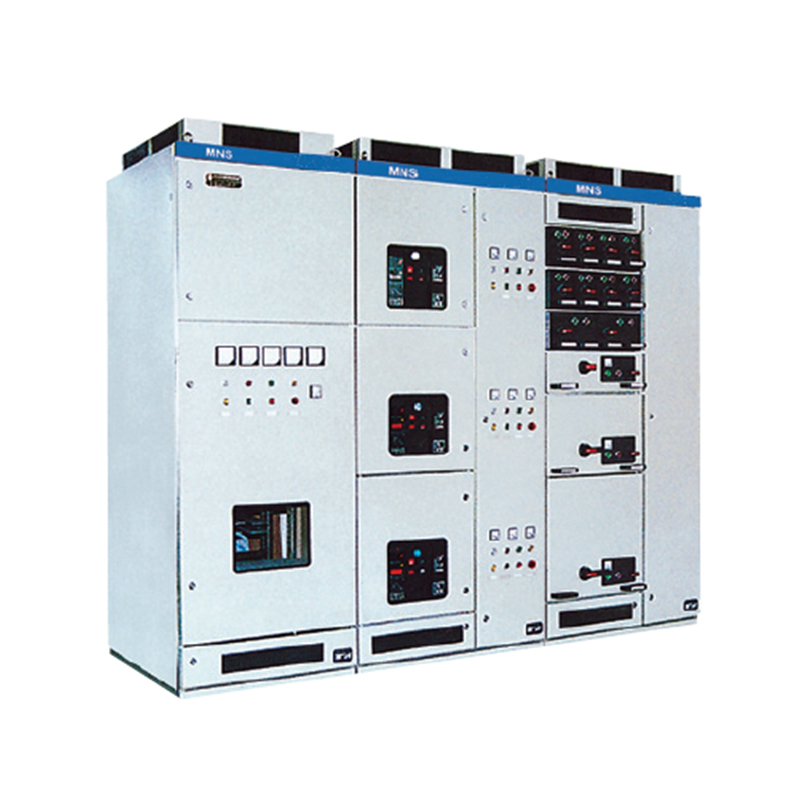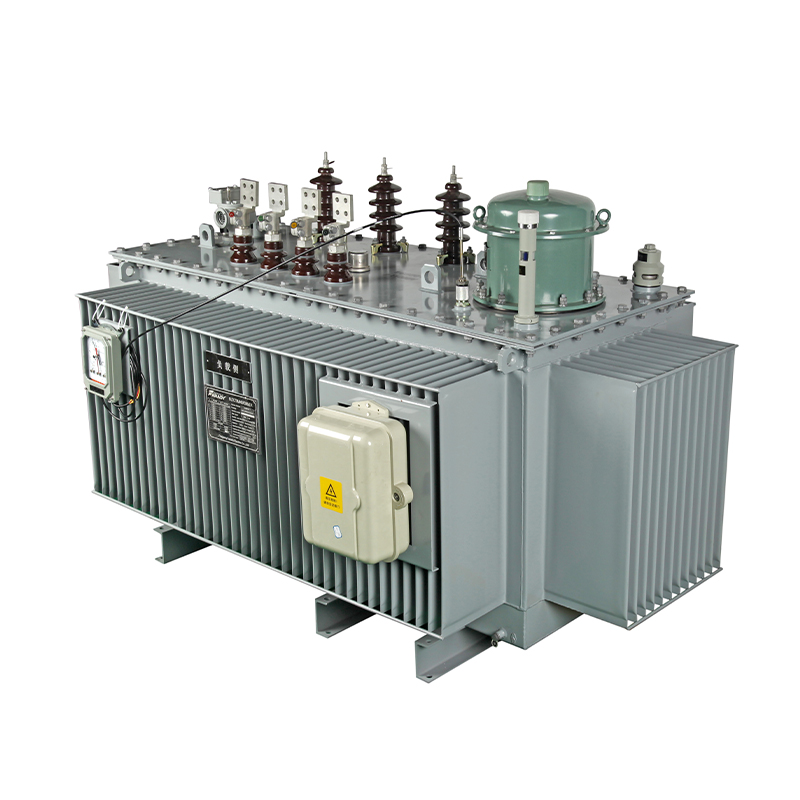Performance Characteristics Analysis of Stepped Voltage Regulator

The performance characteristics of a stepper voltage regulator are analyzed as follows:
1、 Structure composition and working principle
The stepper voltage regulator mainly consists of a three-phase autotransformer, a three-phase on load tap changer, and an automatic controller. This structure enables the regulator to effectively adjust the voltage in situations where the supply radius of the power transmission and distribution line is too long, resulting in low terminal voltage. Through the connection between the autotransformer and the on load tap changer, as well as the intelligent control of the automatic controller, automatic and precise voltage adjustment has been achieved.
2、 Excellent voltage regulation performance
1. Wide voltage regulation range: The stepper voltage regulator adopts an autotransformer structure, which can achieve on load automatic voltage regulation within a range of ± 20%. This means that it can flexibly adjust the voltage over a large range according to actual needs.
2. Smooth gear switching: An autotransformer composed of a series transformer and a voltage regulating transformer is used to reduce voltage fluctuations during gear switching. This design makes the voltage adjustment process smoother and reduces the impact on equipment and the power grid.
3、 Intelligent control function
1. Remote sensing, remote signaling, remote adjustment and remote control functions: The stepper voltage regulator has the "four remote" functions, namely remote sensing, remote signaling, remote adjustment and remote control. This allows the regulator to remotely monitor the voltage status and make real-time adjustments as needed, greatly improving operational efficiency.
2. Strong anti-interference ability: Unique anti-interference measures are adopted to ensure that the control unit can still work normally in complex electromagnetic environments. This enhances the stability and reliability of the regulator.
4、 Efficient, energy-saving, and easy to maintain
1. Small size, large capacity, and light weight: The stepper voltage regulator adopts a compact design, which has the characteristics of small size, large capacity, and light weight. This makes it easy to install and deploy, saving space resources.
2. Low loss and significant energy-saving effect: The regulator has low loss during operation and has a significant energy-saving effect. This helps to reduce electricity costs and improve energy efficiency.
3. Fully sealed design with low maintenance costs: Adopting a fully sealed design effectively prevents air from entering and reduces the rate of oil degradation. This extends the service life of the equipment and greatly reduces maintenance costs.
In summary, the stepper voltage regulator has significant characteristics such as compact structure, wide voltage regulation range, smooth gear switching, powerful intelligent control function, and high efficiency and energy saving. These characteristics make it have broad application prospects in the power system, providing strong support for improving the stability and energy efficiency of the power grid.
Relate Products
Relatenews
- Step Voltage Regulators: Key Specifications to Know 2025-09-05 15:31:00
- The Future of Step Voltage Regulators in Smart Grids 2025-08-25 08:16:00
- Efficiency Metrics for Step Voltage Regulators 2025-07-19 08:45:00
- Step Voltage Regulators: Addressing Voltage Flicker in Welding Operations 2025-07-08 17:49:00
- Application and Challenges of step voltage regulator in Ocean Engineering 2024-12-26 15:41:41
- Seismic performance evaluation and reinforcement suggestions for step voltage regulator 2024-12-26 15:41:39
- Compact Design and Space Optimization Scheme of step voltage regulator 2024-12-26 15:41:38
- Discussion on the Integration of Intelligent Manufacturing and Industrial Internet of Step by step voltage regulator 2024-12-26 15:41:37





